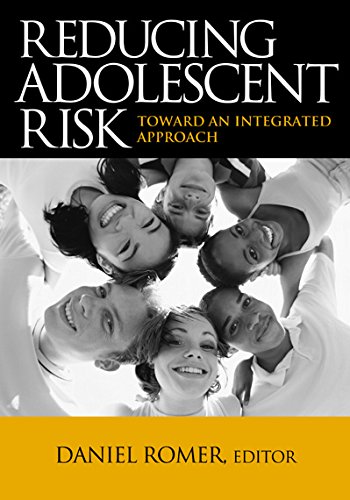Reducing Adolescent Risk
Availability :
In Stock
₹ 5,832.00
M.R.P.:₹ 7290
You
Save: ₹1,458.00 (20.00% OFF)
(Inclusive
of all taxes)
Delivery:
₹ 0.00 Delivery charge
Author:
Daniel Romer
Publisher:
SAGE Publications Inc
Edition:
1st Edition
ISBN-13:
9780761928355
Publishing Year:
2003-04-01
No. of Pages:
536 pages
Language:
English
Book Binding:
Hardback











